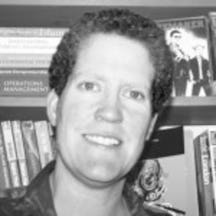A high IQ is often seen as a mark of genius, and intelligence tests are a common tool for identifying the exceptionally talented. But such tests can be misleading and misused. They may also overlook the key characteristic that actually sets geniuses apart from everyone else.
Exceptional talent and the trouble with IQ tests
Anna Fahertyaverage reading time 7 minutes
- Serial
In the opening episode of a recent TV quiz show, one of the contestants confidently claims to be a genius. “I’m good at mental maths,” says 12-year-old Rahul, who also cites his general knowledge and ability “to memorise stuff”. Other participants on Channel 4’s ‘Child Genius’ demonstrate similar strengths, but do these skills really make them geniuses?
When I first began researching this topic, I asked everyone I met what genius meant to them. Most struggled to answer. This is nothing new. In the 1912 novel ‘A Woman of Genius’, Olivia Lattimore, an acclaimed actress, describes herself as two things: a woman and a genius, yet she cannot explain what the latter is.
Our interpretation of genius has transformed since the concept first emerged in ancient Italy, and even experts in education and psychology can’t agree on its elusive quality. In fact, part of genius’s enduring appeal is undoubtedly the sense of wonder and mystery surrounding it.
I do not know what particular quality is in their soul; secret, indefinable without which nothing of greatness or of beauty is created.
Quantifying the unquantifiable
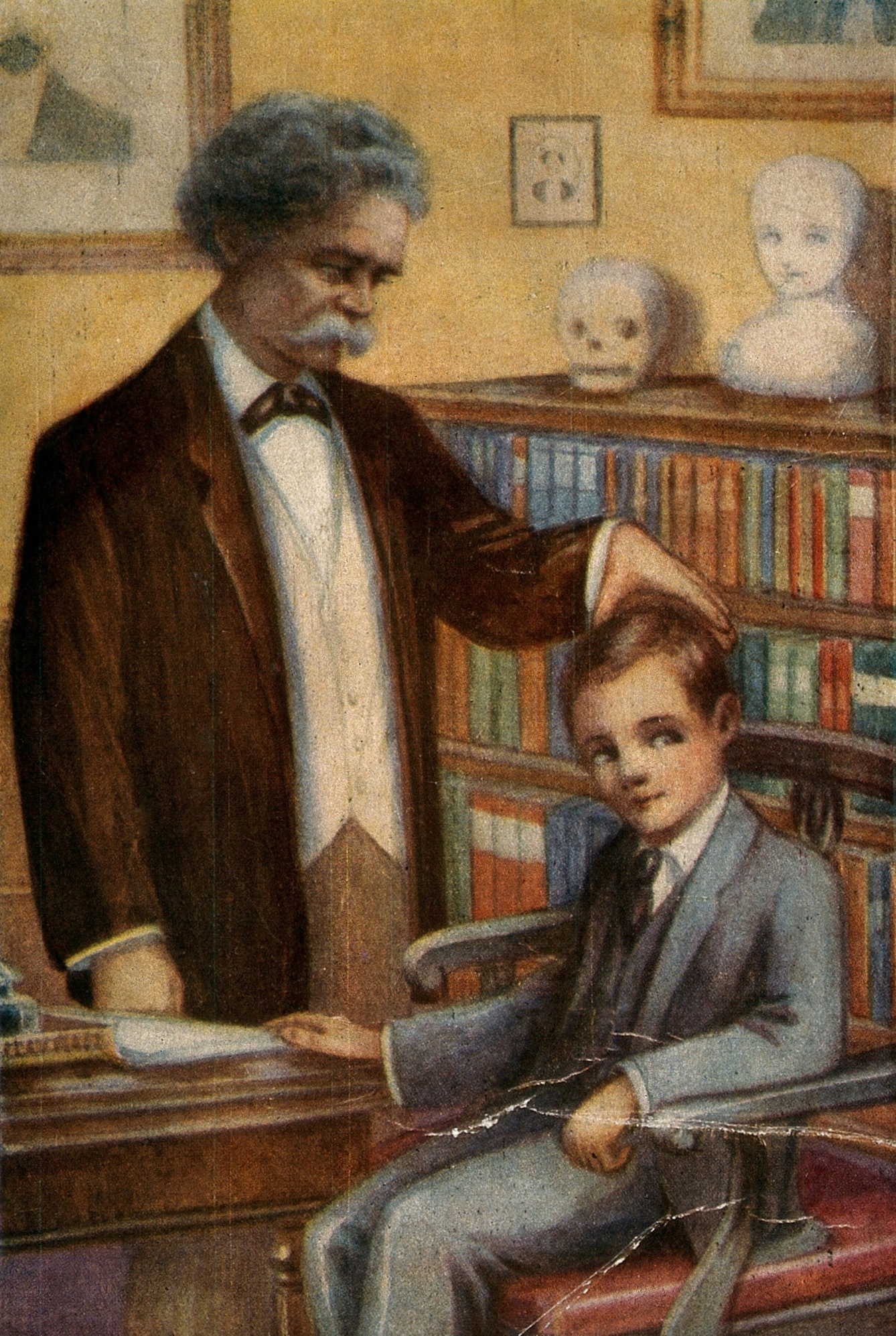
Phrenologists identified head shapes they believed were consistent with intellectual and creative genius.
Genius may be indefinable, but people have still spent centuries measuring whatever they think it is. In the 18th and 19th centuries, physiognomists and phrenologists identified facial features and head shapes consistent with intellectual and creative genius – from sharp-cornered eyes to lumps around the temples.
Today, proud parents on ‘Child Genius’ cite the results of IQ tests as evidence of their children’s innate talents. Such tests are direct descendants of tools designed to evaluate children’s mental abilities over a hundred years ago. Created with admirable aims, they were later used to sort and rank masses of people and to give credence to theories of racial difference.
The earliest practical intelligence tests, published in 1905, were developed to help spot young Parisians with what we’d now call special educational needs. French psychologists Alfred Binet and Théodore Simon intended that children would be led through a series of short tasks relating to everyday problems during individual interviews.
Binet felt intelligence was too complex to be quantified by a single number, but he later introduced the concept of ‘mental age’. Children unable to complete tasks appropriate for their age group were considered to have a lower mental age. It was these children who became potential candidates for special education programmes.
Other psychologists divided Binet’s mental age by the child’s actual age and scaled the result up by 100 to produce an ‘intelligence quotient’, or IQ. In an era when class divides were just beginning to disappear, this quantification of intelligence offered an alternative, seemingly scientific, way to classify large groups of people.
During the First World War, paper-based IQ tests were given to 1.75 million US military recruits. Their individual results influenced the rank each was given. More disconcertingly, they combined to build a massive dataset, which was used to demonstrate the supposed intellectual superiority of some racial groups over others. These analyses were then referenced during the creation of the 1924 Immigration Act, which limited the numbers of outsiders allowed to enter the US.
Mismeasurement
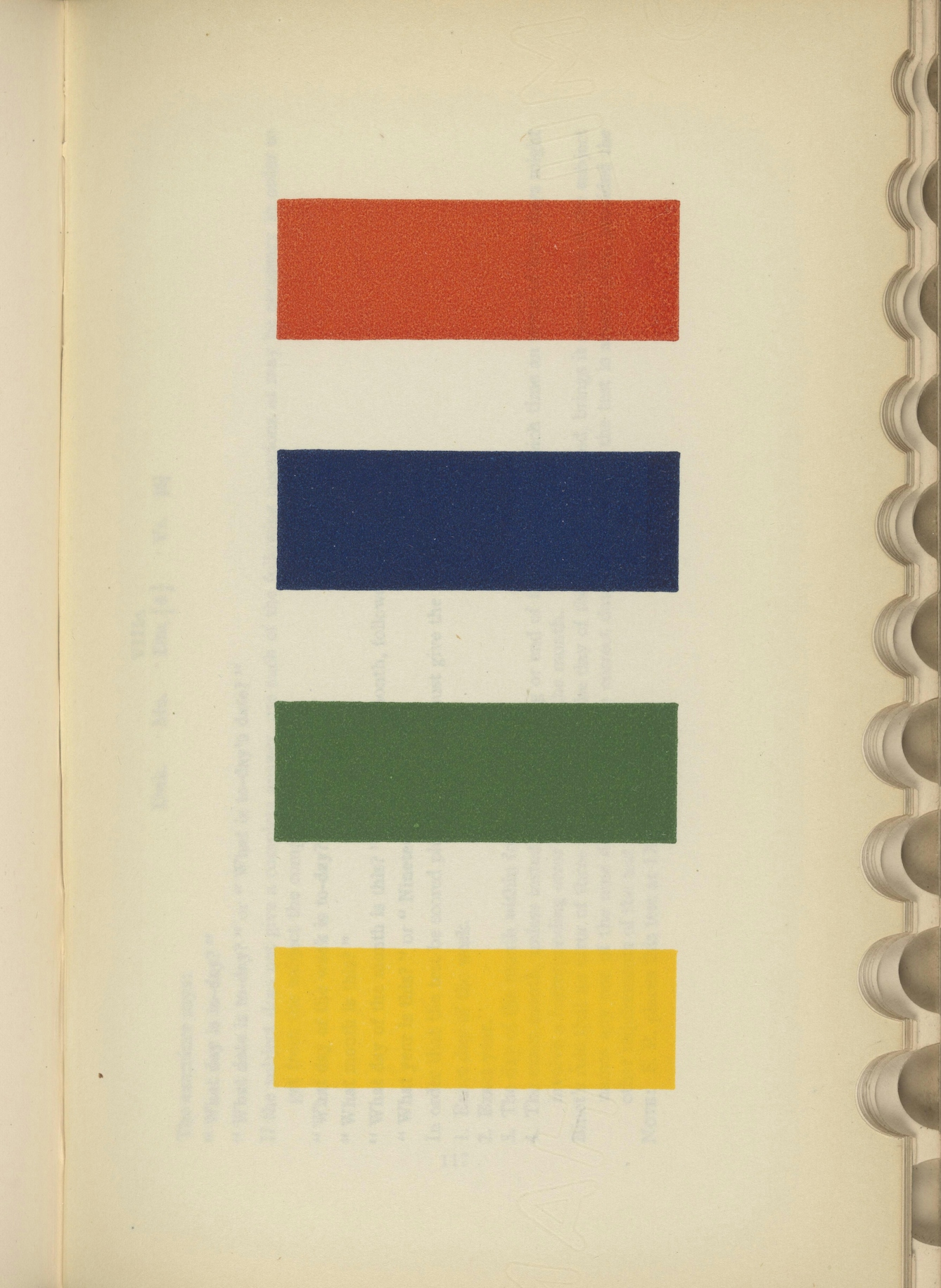
‘What is this colour?’ task from a 1917 IQ test.
Despite their impact, IQ tests are fraught with flaws. They privilege people who do well in formal tests. They overlook different types of intelligence, meaning gifted architects, musicians and dancers may perform less well than people with highly developed numerical or verbal reasoning. And they have a history of disadvantaging test subjects from minority groups, who may interpret language and problems in ways test developers didn’t anticipate or deliberately ignored.
Most importantly in the context of genius, IQ tests may penalise unconventional people who think differently to the norm. Take this example from a 1919 test for 14 year olds, which asks how the following sentence ends: “A man who was walking in the woods near a city stopped suddenly, very much frightened, and then ran to the nearest policeman, saying that he had just seen hanging from the limb of a tree a…”
I can imagine any number of creative responses, but the “only correct answer”, according to the examination manual, is “a man who had hung himself”. All the questions Rahul answered to win the ‘Child Genius’ final in 2017 have similarly closed ‘correct’ answers, meaning they are unlikely to test contestants’ creative abilities. Yet creativity – the production of something new – is a key component of genius.
Putting children to the test
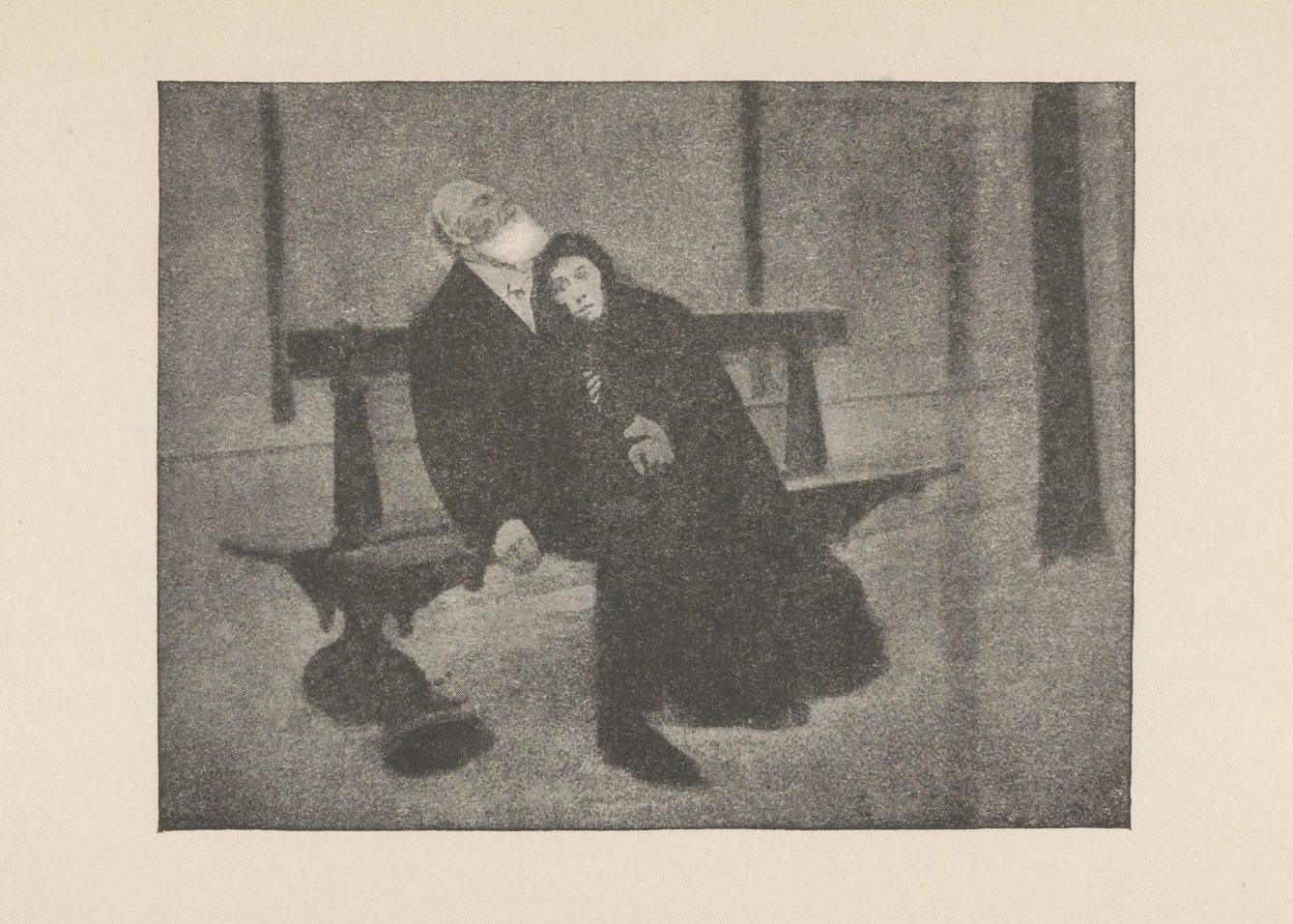
This IQ test question from 1917 asked children, “What is this?” They were given points for enumeration, description, and interpretation or emotion.
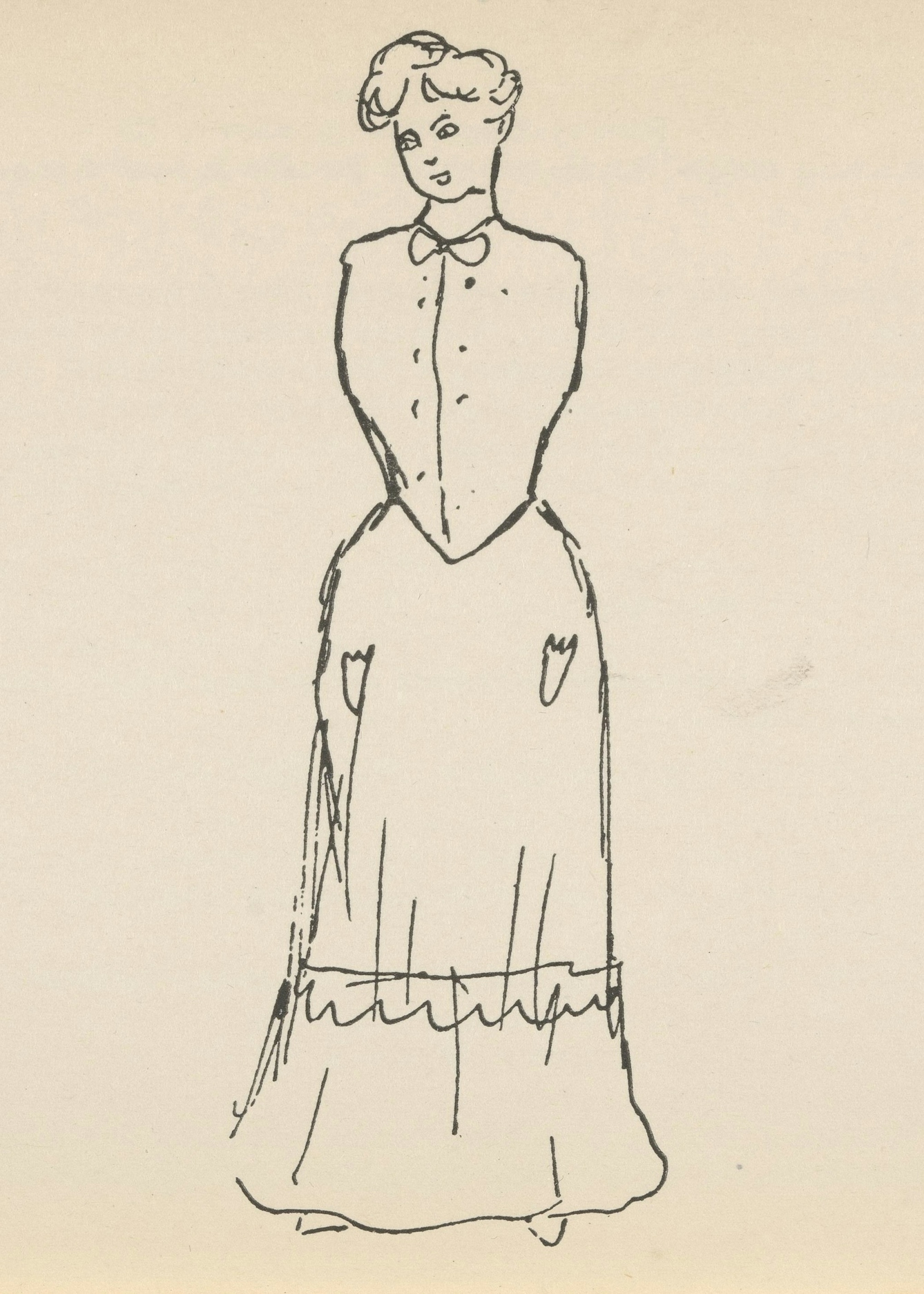
This 1917 test question asked children, “What is missing in this picture?”
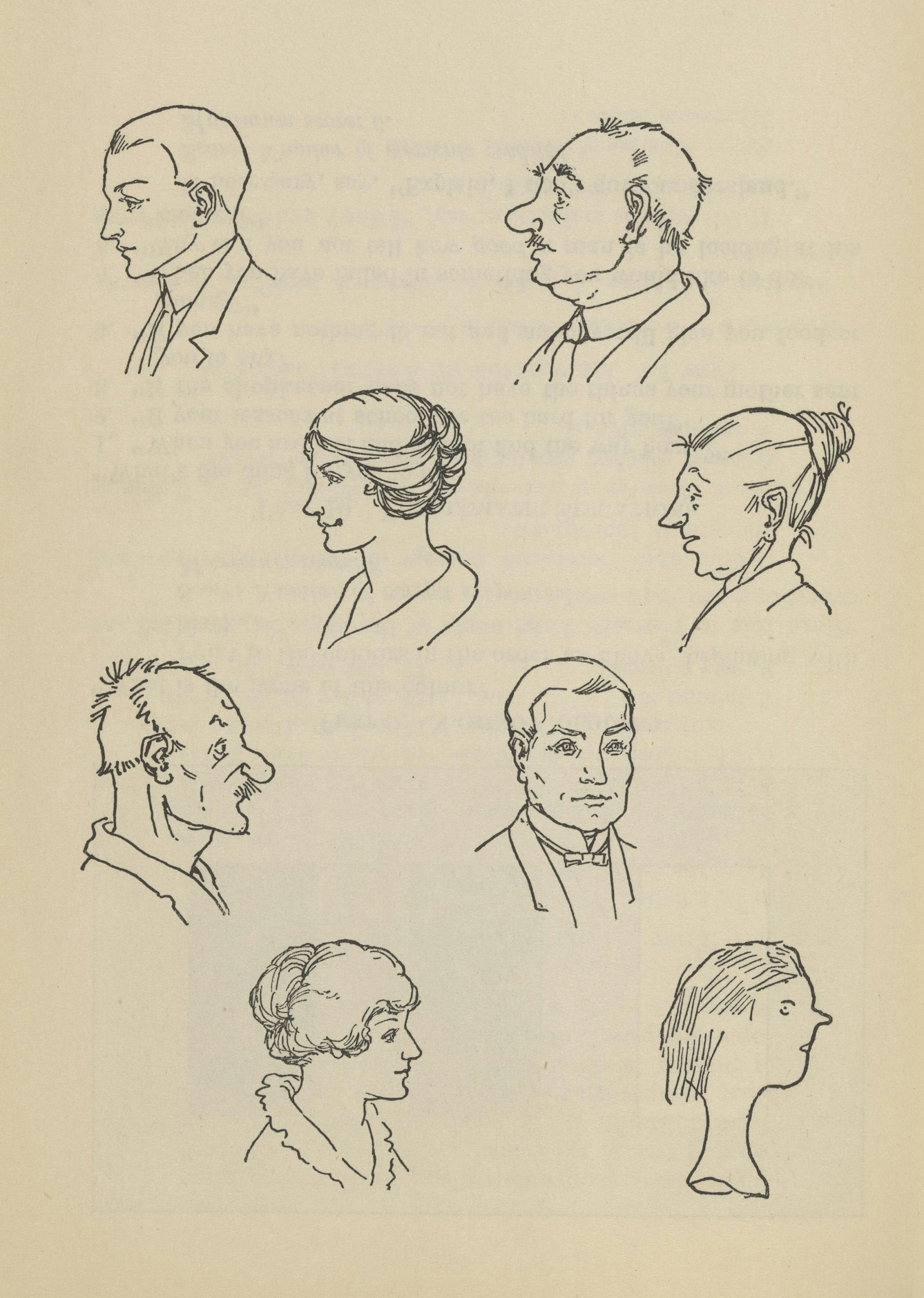
This 1923 aesthetic discrimination test asked children, “Which is the prettier?” for each pair of faces.

This 1923 test question asked children, “What is this?” for each object.
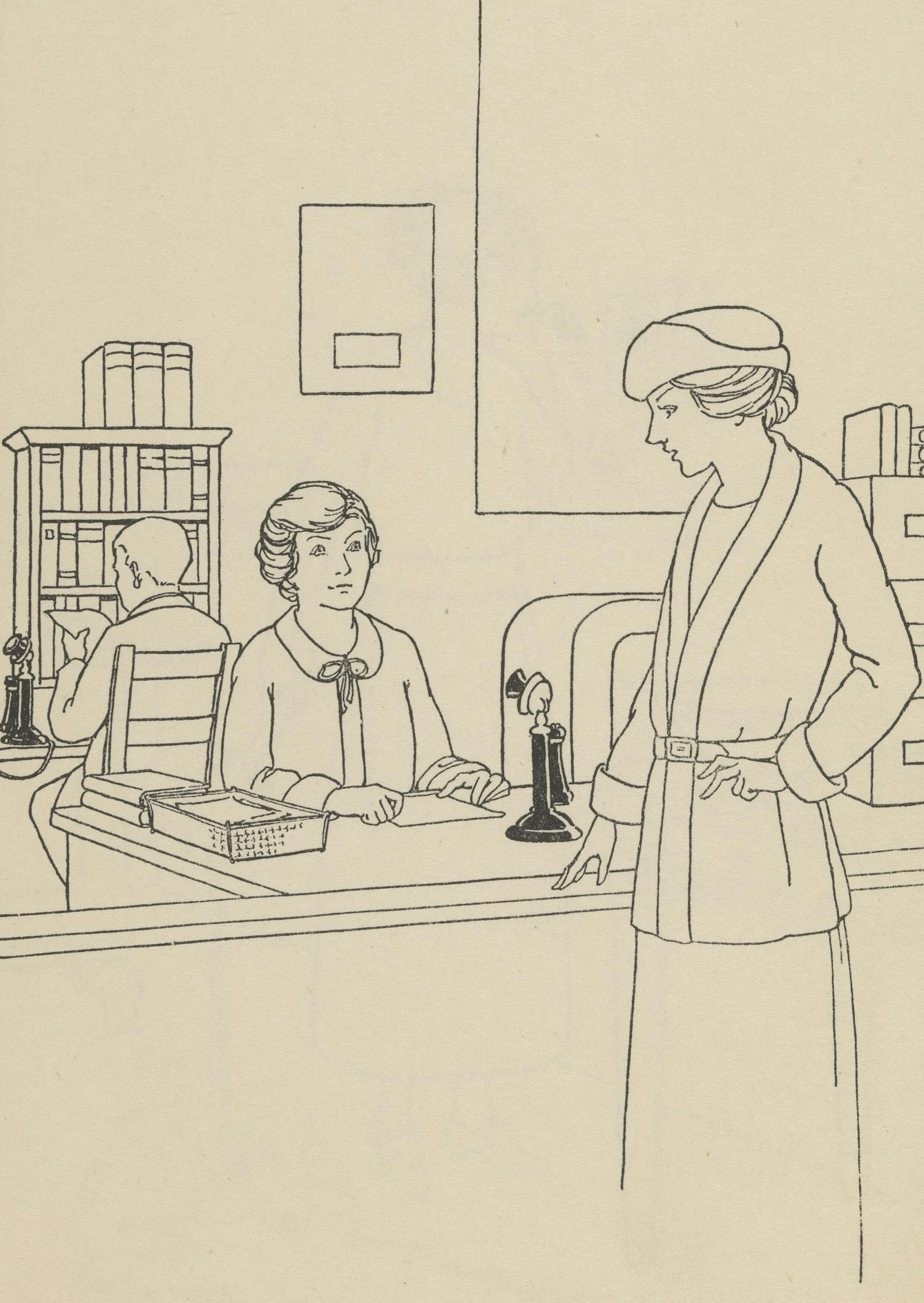
This 1923 test asked, “What is this picture about?” Children were given points for enumeration, description and interpretation.
Think different, think harder
Everyone’s favourite genius, Albert Einstein.
When I ask people to name a genius, most say Albert Einstein, the German-born physicist. When asked why, they tend to respond, “he changed the way we think about the world” or “he came up with something entirely new”.
Einstein’s work on relativity in the early 1900s certainly challenged traditional thinking and revolutionised our understanding of space and time, but were such radical ideas caused by a high IQ alone?
Writing in the 18th century, French author Abbé du Bos interpreted genius as a view of the world through “a far different eye”, while English novelist AS Byatt highlights combining things into new ideas or art forms. American psychiatrist Albert Rothenberg’s 25-year study identified just one trait uniting all geniuses: motivation, to work and to produce something – whether that’s art or new thinking.
Einstein once said his only talent was being “passionately curious”, but developing a habit of looking for answers is what leads to, to paraphrase English naturalist Charles Darwin, new finds and truths. That’s why popular imagery of scientists, like artists, often shows them observing or scrutinising the world around them.
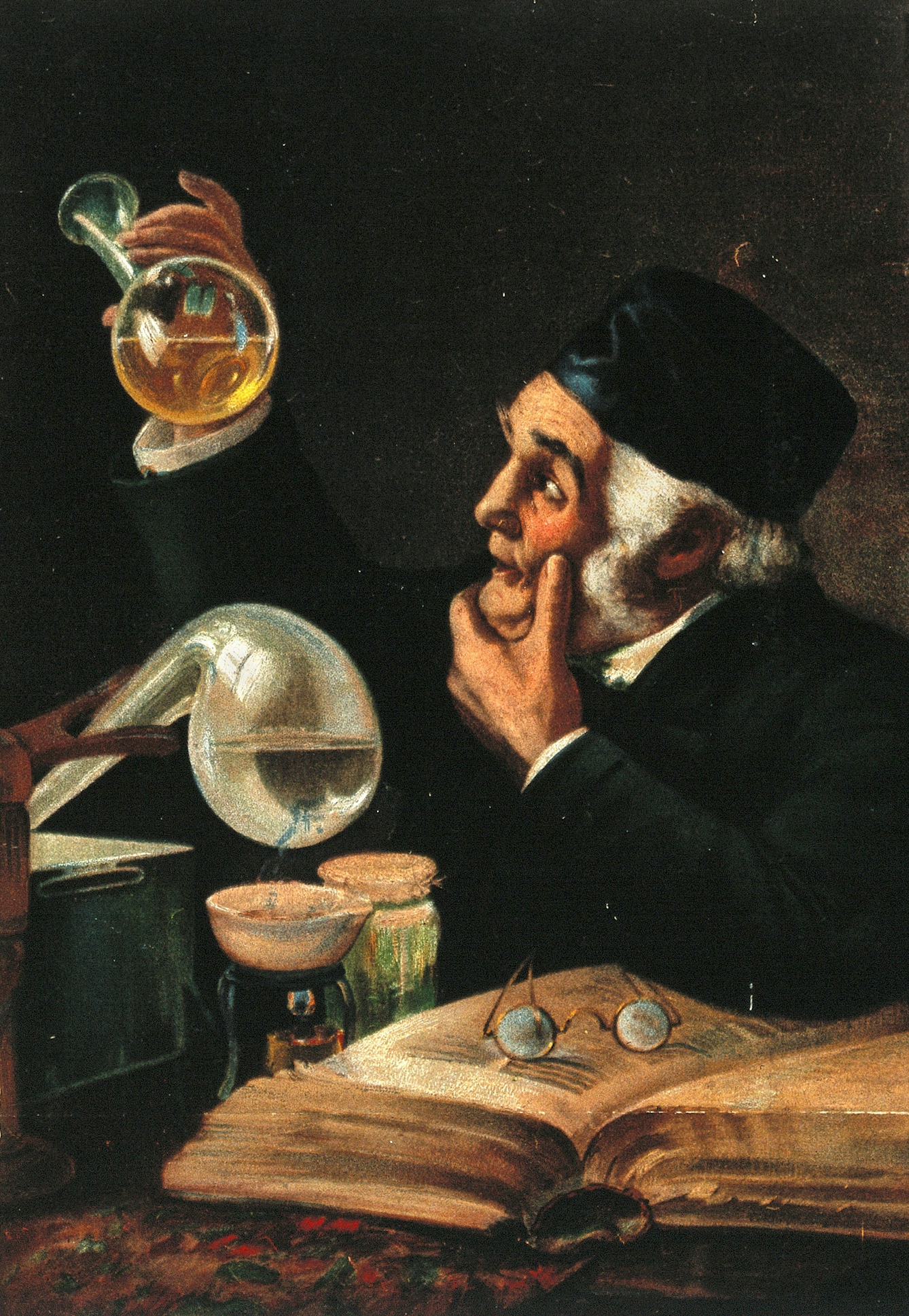
Popular imagery often shows artists’ and scientists’ curiosity in action, with them scrutinising the world around them.
American sociologist Robert Faris viewed great talent as the product of obsessive interest accompanied by long study and effort. Creative people, said Faris, must master an accumulated body of knowledge before they can produce something original. The ‘Child Genius’ contestants may, therefore, simply be too young to be real geniuses. Yet.
All this puts paid to the idea that genius is an innate talent, something that can be identified at a young age. It also suggests IQ tests, which take no account of diligence, curiosity or creativity, may not be the best tool for identifying geniuses, especially if you don’t want to disadvantage some cultural groups.
A whitewash?
Whether you place any value on their IQ results or not, contestants on ‘Child Genius’ appear refreshingly diverse, with a mix of male and female entrants from a range of cultural backgrounds. Yet, in my own ‘name-a-genius’ discussions, the people most commonly identified as geniuses are white men.
One explanation is that it’s rare for someone to be universally acknowledged as a genius in their own lifetime, and Western history has overlooked many individuals who might merit the title.
Who has heard, for instance, of Lady Murasaki, author of the world’s first novel? Or of poet Phillis Wheatley, the first African-American to publish a book? Or of Amalie Emmy Noether, whom Einstein called “the most significant creative mathematical genius… since the higher education of women began”?
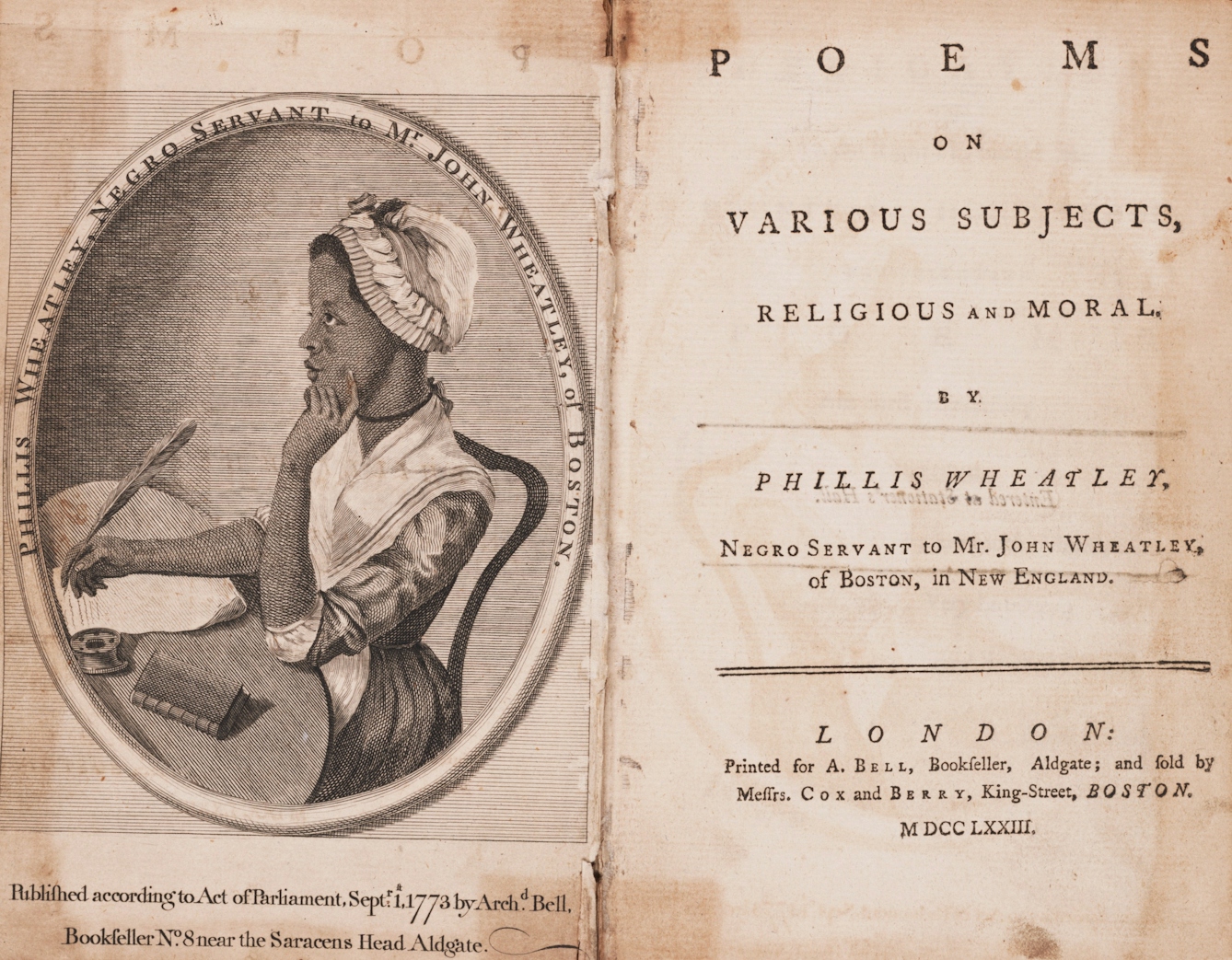
Poet Phillis Wheatley, the first African-American to publish a book.
There are no women of genius; the women of genius are men.
More fundamentally, opportunities to indulge one’s curiosity and spend vast amounts of time in intellectual or creative pursuits were previously limited to small sections of society. Perhaps, therefore, the geniuses of the future will look less white and less male, just like the contestants on ‘Child Genius’.
Whatever lies at the heart of genius, we can’t help but revere exceptional people who are somehow different from us.
About the contributors
Anna Faherty
Anna Faherty is a writer and lecturer who collaborates with museums on an eclectic range of exhibition, digital and print projects. She is the author of the ‘Reading Room Companion’ and the editor of ‘States of Mind’, both published by Wellcome Collection.


